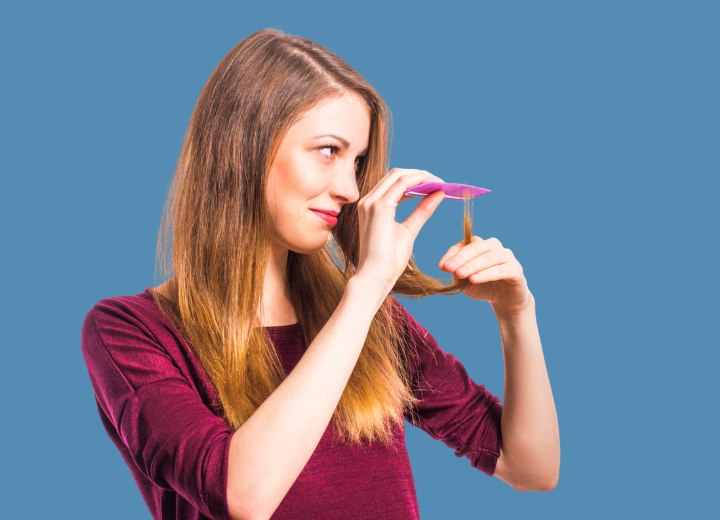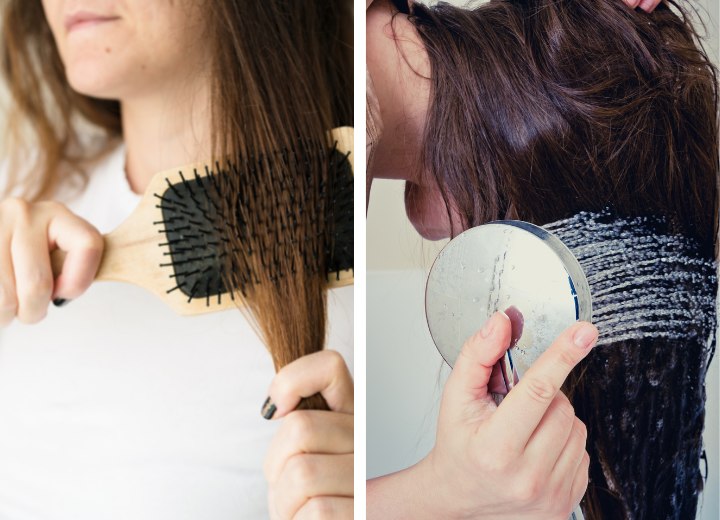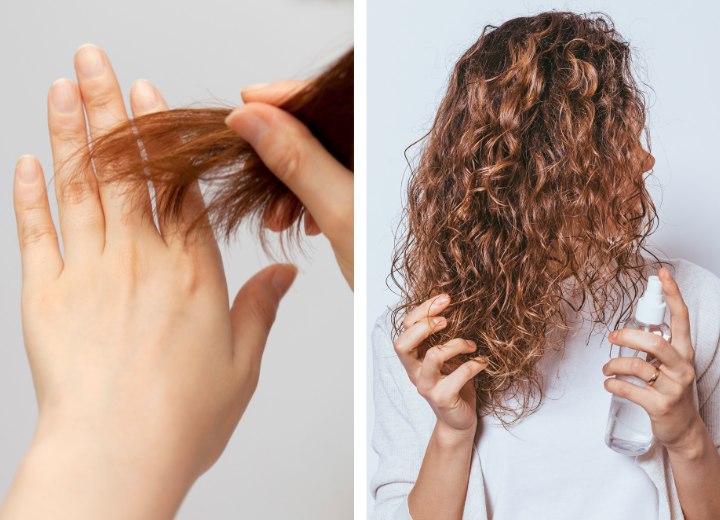Tips to Great Hair

Here is a reminder of the little things that add up to healthy hair when we put them into action. These are mostly common sense, but occasionally myths become accepted as fact and we need to clear up these misconceptions. So, without further ado:
1. Never brush hair when wet, and never comb hair when dry. This may seem overly simple, but it adheres to the fundamental principles of good hair care. When your hair is wet, it is more elastic and more prone to breakage. Since brushes pull the hair in multiple directions at once to smooth it, they can be dangerous to wet or damp hair, as the hair is more fragile in that state.
2. The proper brush is key to healthy hair. Avoid brushes with plastic bristles and instead use natural-fiber, boar-bristle brushes on your hair when it is dry. If you need a brush for use with damp hair, choose one that has widely spaced rubber teeth. Proper combs are important as well. Use only smooth, plastic combs without visible or otherwise detectable seams, as the seams can often scrape the hair shaft and distort it. Additionally, avoid wooden combs; wood can have microscopic divots that can snag hairs.
3. Brush your hair before shampooing. A few gentle strokes through the hair will help remove product buildup and scalp flakes, as well as stimulate the scalp and promote blood flow, which delivers nutrients such as oxygen, to the hair follicles. This will also help to keep the hair tangle-free during the shampooing process, as you won't be relying on the water flow to do the detangling.

If you are dealing with hard water in your area, rid the hair of mineral buildup by shampooing every week with a clarifying shampoo. You can purchase testing strips to check for hard water, or simply call your local water board to find out whether your area has hard or soft water.
5. Mist the ends of your hair with water before using home coloring processes. The ends of your hair are more porous and, as a result, absorb more pigment. Wet hair does not absorb color as readily as dry hair, so if your home color treatments seem to result in your hair being darker at the ends than nearer the scalp, try making the ends damp to slow down the color absorption.
6. Trim away the dead weight. As the ends of your hair get older and are damaged by rough handling, they become prone to splitting. Get regular trims, at least half an inch every four to eight weeks. Hair grows, on average, half an inch per month, so trimming is necessary to maintain healthy ends.
It is important to remember that damage to the hair is cumulative, so the last half-inch of hair at the ends is always the most damaged and abused, simply because it is the oldest part of the hair. Cutting away these most damaged parts will help you keep the rest healthy-looking.

If you shampoo daily, use the gentlest shampoo you can find. If you use a lot of hair products and find that your shampoo becomes less effective as you use it repeatedly, try adding a clarifying shampoo into your routine every third or fourth shampoo. As with most hair damage, the results of using a hair product are often cumulative, so while you may not see a problem using a shampoo for oily hair on your dry-type hair initially, the effects may become more pronounced as you continue to use it.
Continue reading...